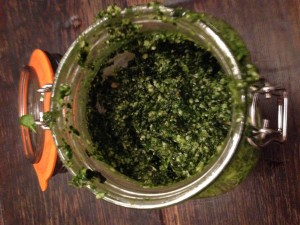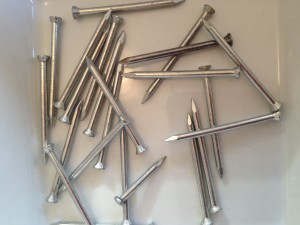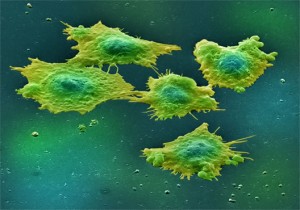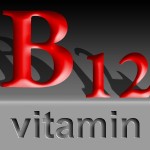In that blog post I mentioned that I was preparing a pesto for yesterday evening’s meal.
As it was based upon that day’s research I thought I would share it with you. While I’m not a food blogger I am a health blogger so I felt it would be suitable to share this recipe. I should mention that Mrs PatientTalk.Org described the meal as “very tasty”.
This recipe can be vegan or vegetarian according to taste.
Ingredients (serves 4)
a) 400g of Cavolo nero (also called Tuscan kale) – full of iron but also vitamin A, calcium, vitamin K and manganese.
b) 150g of water cress – again iron rich.
c) 10 Brazil nuts – a read source of antioxidants
d) Chopped garlic – to taste really but I used 2 cloves. An antibiotic often used as a folk treatment for the common cold.
e) Juice of one lemon – a great way of getting vitamin C.
f) Olive oil to taste. Olive oil is a way of lowering cholesterol.
g) Salt and pepper again to taste but go for more pepper than salt.
h) Optional but you can use a hard cheese such as Parmesan.
How to do it.
1) Strip the leafy green parts of the Cavolo nero away from any tough stalks.
2) Steam the green leafy parts for five minutes.
3) Please in your blender along side all the ingredients except for the brazil nuts.
4) Blend the ingredients till they become just a bit thicker then the consistency you like.
5) Add the brazil nuts and blend for 30 seconds.
Serve with whole grain pasta and a green salad.
If you have tried this at home please tell us what you think in the comments box. Please do feel free to



